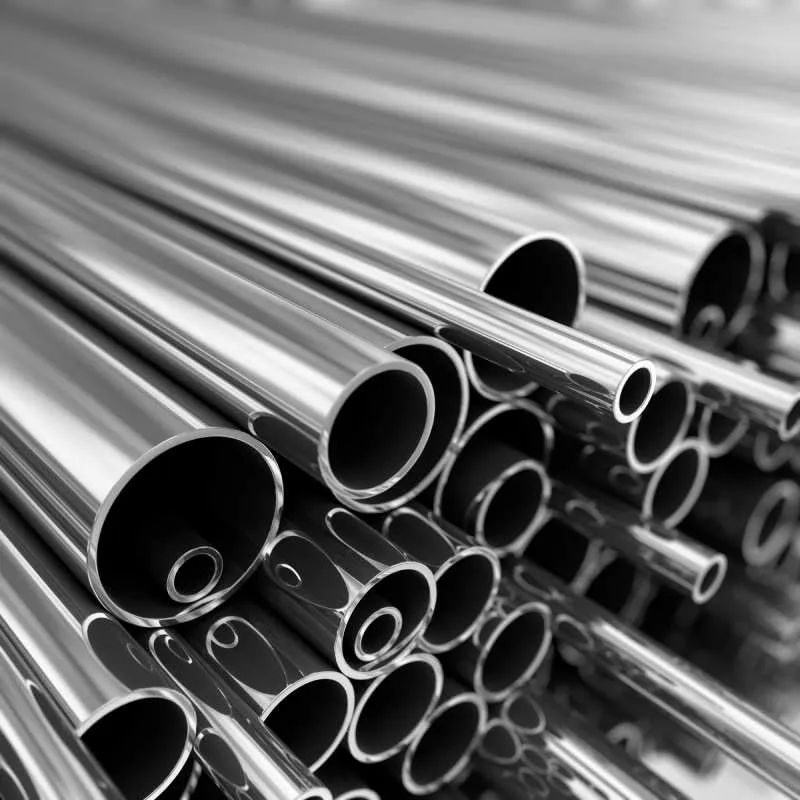-
Cangzhou Yulong Steel Co., Ltd.
-
Phone:
+86 13303177267 -
Email:
admin@ylsteelfittings.com
- English
- Arabic
- Italian
- Spanish
- Portuguese
- German
- kazakh
- Persian
- Greek
- French
- Russian
- Polish
- Thai
- Indonesian
- Vietnamese
- Zulu
- Korean
- Uzbek
- Hindi
- Serbian
- Malay
- Ukrainian
- Gujarati
- Haitian Creole
- hausa
- hawaiian
- Hebrew
- Miao
- Hungarian
- Icelandic
- igbo
- irish
- Japanese
- Javanese
- Kannada
- Khmer
- Rwandese
- Afrikaans
- Albanian
- Amharic
- Armenian
- Azerbaijani
- Basque
- Belarusian
- Bengali
- Bosnian
- Bulgarian
- Catalan
- Cebuano
- China
- China (Taiwan)
- Corsican
- Croatian
- Czech
- Danish
- Esperanto
- Estonian
- Finnish
- Frisian
- Galician
- Georgian
- Kurdish
- Kyrgyz
- Lao
- Latin
- Latvian
- Lithuanian
- Luxembourgish
- Macedonian
- Malgashi
- Malayalam
- Maltese
- Maori
- Marathi
- Mongolian
- Myanmar
- Nepali
- Norwegian
- Norwegian
- Occitan
- Pashto
- Dutch
- Punjabi
- Romanian
- Samoan
- Scottish Gaelic
- Sesotho
- Shona
- Sindhi
- Sinhala
- Slovak
- Slovenian
- Somali
- Sundanese
- Swahili
- Swedish
- Tagalog
- Tajik
- Tamil
- Tatar
- Telugu
- Turkish
- Turkmen
- Urdu
- Uighur
- Welsh
- Bantu
- Yiddish
- Yoruba

Jul . 24, 2024 02:03 Back to list
Exploring the Benefits and Applications of Stainless Steel Socket Weld Fittings in Various Industries
Understanding SS Socket Weld Fittings Essential Insights
Socket weld fittings are crucial components in various piping systems, primarily used in high-pressure and high-temperature applications. Stainless steel (SS) socket weld fittings, in particular, are favored for their durability, corrosion resistance, and ability to maintain structural integrity in challenging environments. This article delves into the characteristics, applications, advantages, and installation practices related to SS socket weld fittings.
What are SS Socket Weld Fittings?
Socket weld fittings consist of a socket into which the pipe is inserted. The fitting is then welded around the socket area, forming a robust connection. These fittings are mainly produced in accordance with standards such as ASME B16.11. They are available in various shapes, including elbows, tees, reducers, and caps, making them versatile components for any piping system.
Key Characteristics
1. Material Properties Stainless steel, known for its strength and resistance to oxidation and corrosion, is the preferred material for socket weld fittings in many industries. Common grades include 304 and 316, each providing different levels of mechanical strength and resistance to specific corrosive environments.
2. Size Range SS socket weld fittings are available in various sizes, typically ranging from 1/4 inch to 4 inches in nominal pipe size. This versatility allows for integration within a wide array of applications.
3. Pressure Ratings These fittings can handle high-pressure applications, with some designed to withstand pressures of up to 3000 psi, depending on the material and design.
Applications
SS socket weld fittings are widely used in several industries, including
- Oil and Gas In oil refineries and natural gas processing plants, where high pressures and temperatures are common, socket weld fittings offer reliable connections that minimize leakage risks.
- Chemical Processing The durability and corrosion resistance of stainless steel make these fittings ideal for chemical manufacturing and processing, ensuring longevity and safety during operations.
ss socket weld fittings

- Water and Wastewater Treatment In systems where water treatment and management are crucial, SS socket weld fittings are utilized for their reliability and resistance to corrosion from various chemicals found in water.
- Pharmaceuticals The hygiene standards required in the pharmaceutical sector favor the use of stainless steel for fittings, ensuring that no contaminants can compromise product integrity.
Advantages of SS Socket Weld Fittings
1. Strong and Durable The welding process eliminates the risk of joint separation, providing a robust connection that withstands harsh operating conditions.
2. Corrosion Resistance Stainless steel properties ensure that the fittings can resist rust and deterioration over time, making them ideal for applications exposed to moisture or chemicals.
3. Compact Design The socket weld design helps to maintain a compact layout in piping systems, proving advantageous in environments where space is limited.
4. Ease of Maintenance SS socket weld fittings allow for ease of inspection and maintenance, as their welded connections can be thoroughly checked for integrity, ensuring the safety of the entire system.
Installation Practices
Proper installation of SS socket weld fittings is crucial for the performance of piping systems. Key practices include
- Pipe Preparation Ensure that the pipe ends are clean and properly aligned with the fittings. - Quality Welding Utilize suitable welding techniques, typically employing a TIG or MIG process, to create a sound weld that meets industry standards.
- Inspection After installation, conduct a thorough inspection, including pressure testing, to ensure that no leaks are present and that the fittings are securely attached.
In conclusion, SS socket weld fittings are indispensable components in high-pressure piping systems across various industries. Their unparalleled strength, durability, and resistance to corrosion make them the preferred choice for maintaining the integrity and safety of essential process systems. Understanding their characteristics and proper installation techniques can significantly enhance the reliability of piping installations.
Latest news
-
ANSI 150P SS304 SO FLANGE
NewsFeb.14,2025
-
ASTM A333GR6 STEEL PIPE
NewsJan.20,2025
-
ANSI B16.5 WELDING NECK FLANGE
NewsJan.15,2026
-
ANSI B16.5 SLIP-ON FLANGE
NewsApr.19,2024
-
SABS 1123 FLANGE
NewsJan.15,2025
-
DIN86044 PLATE FLANGE
NewsApr.19,2024
-
DIN2527 BLIND FLANGE
NewsApr.12,2024
-
JIS B2311 Butt-Welding Fittings LR/SR 45°/90° /180°Seamless/Weld
NewsApr.23,2024











